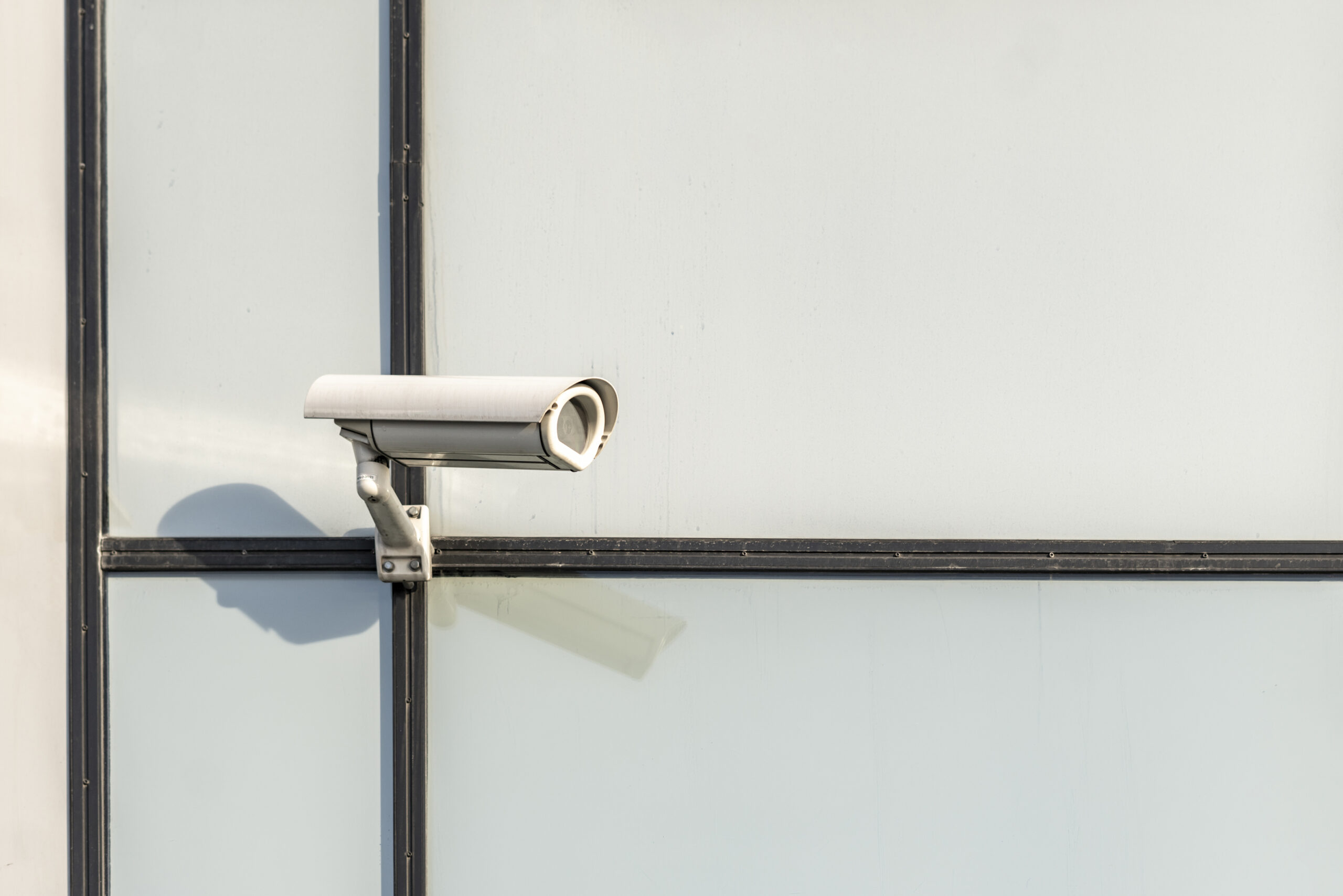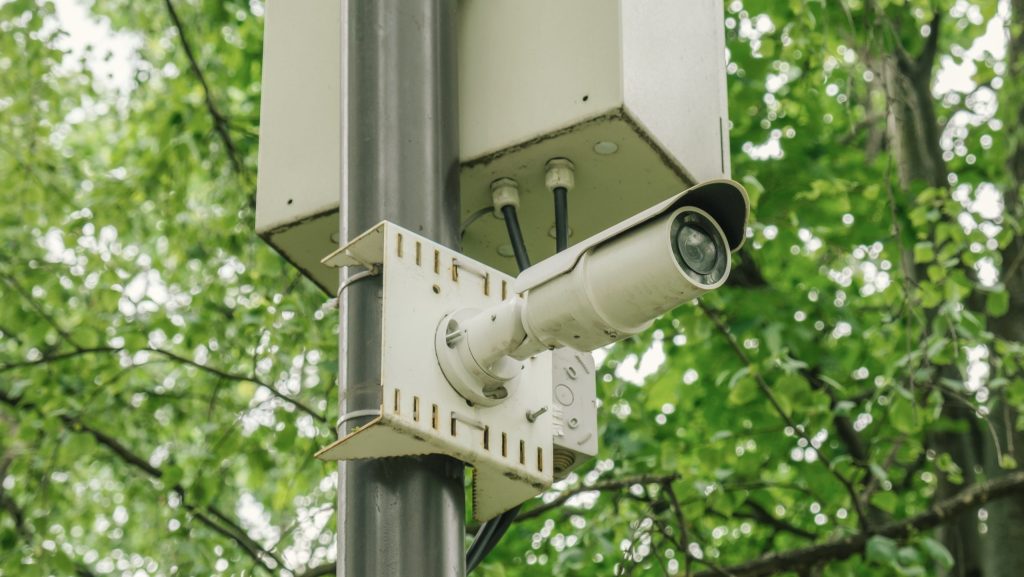Motion Detection Outdoor Camera: Secure Your Home Today

Outdoor security cameras that detect motion are super helpful for keeping homes safe and sound! These clever cameras usually record for a duration of 10 seconds to 5 minutes after motion is detected. [1]
This article will explain for the reader how outdoor motion detection cameras work, what features they have, and why choosing these cameras is such a smart decision for protecting one’s home. The reader should definitely keep going to uncover all of the interesting details about outdoor motion detection cameras! There is a lot of great information still to come.
Key Takeaway
- Outdoor cameras can detect movement up to 30 feet away, helping protect homes.
- Many outdoor cameras offer high-definition video and night vision features.
- Smart features like alerts and app control make monitoring easy.
Understanding Motion Detection Technology
At Shielded Residence, we use advanced Passive Infrared (PIR) sensors in our outdoor cameras, ensuring they detect motion efficiently by noticing changes in heat.
These little guys notice changes in heat, like when a person or an animal is moving around. When the sensor detects that change in temperature, it tells the camera to start recording right away. What a clever way to save battery life and storage space!
People often put these cameras near entrances, like by the front door or back patio. That way, when someone comes up to the house, the homeowner gets a notification on their phone. So even if they aren’t home, they can see in real-time who is coming to their door. This feature makes outdoor cameras a great choice for keeping homes safe and secure.
Recording Capabilities
As soon as motion is detected, the outdoor camera springs into action! It starts recording the action. Most cameras can record for 10 seconds up to 5 whole minutes after sensing movement. This allows homeowners to see exactly what happened and when. Some fancier cameras can even record nonstop, depending on how much storage they have.
Lots of outdoor cameras use SD cards to store videos. These little cards can hold tons of footage, and they’re easy to swap out when full. With a fresh SD card, the camera can keep on recording without missing a thing! This is really handy during busy times, like holidays or family gatherings. By looking back at the videos, homeowners can see what went down at specific moments. This helps them improve their home’s security.
High-Quality Video
Having video that is clear and sharp is really important for outdoor cameras. Many cameras nowadays can record in high-definition, like 1080p HD or even 4K. This means the video shows lots of detail and objects like faces or license plates are easy to see. When you can really make out what’s in the video, it’s a big help for identifying people or things.
Outdoor cameras often have night vision too. This lets them keep recording, even when it’s totally dark outside. They use special tech like infrared lights to make sure the video looks good when there isn’t much light around. Night vision is super useful since lots of break-ins happen after the sun goes down. With it, homeowners can keep an eye on their property 24/7 and feel safer knowing they’ll be able to see what’s happening, even in the dead of night.
Smart Features
Shielded Residence cameras come equipped with smart features that allow seamless integration with smartphones and home systems, making it easy to monitor your property from anywhere. This lets homeowners check in on their place from anywhere, like when they’re at work or away on vacation.
With smart features, users can set up custom motion zones. This lets them pick the areas they want the camera to focus on closely. For instance, they could have it watch the driveway more than the street. This helps cut down on false alarms from cars just driving by or animals passing through.
Homeowners can also get real-time alerts when the camera detects movement. This keeps them in the loop about what’s going on around their home. These smart add-ons provide some peace of mind and make it easier to stay on top of any activity outside.
Best Practices for Installation
When it comes to setting up outdoor cameras, following best practices is important. Here are some tips to remember:
Putting cameras high up, around 4-10 feet off the ground, gives them a better view of the area. It also makes it harder for sneaky folks to mess with the camera! [2]
Making sure trees, furniture, or other things are not blocking the camera’s view is essential too. The camera needs a nice clear line of sight to see everything going on and record properly.
Pointing cameras away from the sun is smart. Direct sunlight can make images look washed out or make it tough to see details. Avoiding glare helps the camera take nicer videos.
Setting up activity zones is handy. This lets the camera focus on certain spots, instead of everything. Activity zones cut down on unnecessary alerts so the camera only records stuff that matters.
By keeping these tips in mind, homeowners can install their outdoor cameras the right way. Then the cameras can work great for security!
Addressing Common Issues

Outdoor cameras can run into some typical problems. Knowing about these issues can help users solve them. Here are some common challenges:
Sometimes cameras go off when nothing is wrong – just trees blowing around or critters running by. Adjusting the sensitivity settings makes these false alarms less likely.
If the camera is slow to send alerts, poor Wi-Fi connection could be the issue. Making sure the Wi-Fi signal is strong where the camera is can fix delayed notifications.
Cameras might stop recording if the SD card gets full. Checking the card regularly and swapping in a new one when needed prevents missing important footage.
By understanding these typical issues, users can take steps to fix them. Then the outdoor cameras can work smoothly!
FAQ
How do false alerts impact motion detection and how can I fine tune my settings?
Motion sensors can sometimes trigger unnecessarily due to moving trees, animals, or changing shadows. Most outdoor cams now offer smart motion and AI detection to reduce these false alerts. You can adjust motion zones, sensitivity levels, and detection ranges to get the perfect balance for your space.
What’s the difference between PIR motion sensors and standard motion detection?
PIR sensors detect heat changes from moving objects, making them more reliable than basic motion detection. When paired with AI detection, PIR motion technology significantly reduces false triggers while maintaining long range coverage, especially in outdoor environments where weather conditions can affect performance.
What power source options are available for outdoor security cameras?
You can choose between cameras that need a power cord connected to a junction box, or wireless ones that run on battery power. Solar panels are becoming a popular option, letting you keep your camera charged without running cables or changing batteries. Each power source has its own benefits depending on your setup needs.
How important is the IP rating for outdoor cams?
An IP rating tells you how well your camera stands up to water and dust. For outdoor use, you’ll want a higher IP rating to ensure your camera keeps working in rain, snow, and harsh weather. This rating is especially crucial for cameras that need to be mounted near gutters or in exposed areas.
What storage options do I need for motion detection recordings?
You can store footage locally using a microSD card slot or hard drive, or opt for secure video storage in the cloud. A base station or sync module might be needed for some systems. Consider both monthly fees and storage capacity when choosing between local and cloud storage.
What features should I look for in outdoor camera video quality?
Look for clear video with at least 2k HD resolution – though 4k cameras are available for more detail. Wide angle and optical zoom capabilities help cover more ground, while digital zoom lets you get closer looks at specific areas. Dual lens systems can provide both wide and detailed views.
How do I access my camera’s live view and recordings?
Most outdoor cams offer live view through mobile apps. You can read full footage histories, get smart motion alerts, and often connect to smart home systems like Amazon Alexa. Some cameras include advanced features that let you feel free to customize how and when you check your feeds.
What should I consider when choosing between wired and wireless cameras?
Think about your best outdoor setup options. Wired cameras with a power cord need more installation work but never need charging. Battery-powered cams are easier to install but require regular maintenance. A solar panel can be the best option for wireless cameras in sunny locations.
What kind of motion detection range can I expect from outdoor cameras?
Motion detection range varies widely, but most cameras offer adjustable detection zones. PIR sensors typically provide reliable long range coverage, while standard motion detection might work better for closer ranges. The best motion detection system for you depends on your specific outdoor space and monitoring needs.
What’s the difference between best indoor and outdoor cam specifications?
Indoor and outdoor cams have different durability needs. Outdoor cameras need to be weatherproof and often include cam outdoor features like built-in sirens and spotlights. While indoor cameras might focus on aesthetic design, outdoor cams prioritize rugged construction and advanced motion detection capabilities.
Do top picks for security cameras usually offer both secure video and cloud storage?
Most top picks in the security camera market offer secure video storage options. Cloud storage often requires monthly fees but provides reliable backup and remote access. The best diy security solutions might include a mix of local and cloud storage, letting you choose what works best for your needs.
How do you compare different cam battery life spans when looking at full reviews?
Full review comparisons show that battery life varies significantly between models. Some cameras might last months on a single charge, while others need more frequent charging. Key factors include usage patterns, smart motion detection settings, and whether you’re using features like live view frequently.
What kind of fi security features should I look for in outdoor cams?
Modern fi security cameras should offer encrypted connections to protect your video feed. The best option often includes additional security features like two-factor authentication and end-to-end encryption. When reading reviews, pay attention to both the camera’s physical security features and its digital protection capabilities.
Final Thoughts
Home security is important. Outdoor cameras with motion detection help a lot. They let homeowners watch their property from inside. Cameras record video when something moves outside. The video is high quality, even at night. Homeowners get alerts on their phones too. They can see who is out there. Choosing a good camera is key. Putting it in the right spot matters too.
With Shielded Residence, finding the right outdoor camera is simple. Our expertly designed motion detection cameras help homeowners feel secure, providing peace of mind by keeping them informed about activity around their property.
References
- https://www.eufy.com/collections/outdoor-motion-camera
- https://support.covesmart.com/t/h7h7ld5/cove-outdoor-camera-motion-detection-best-practices